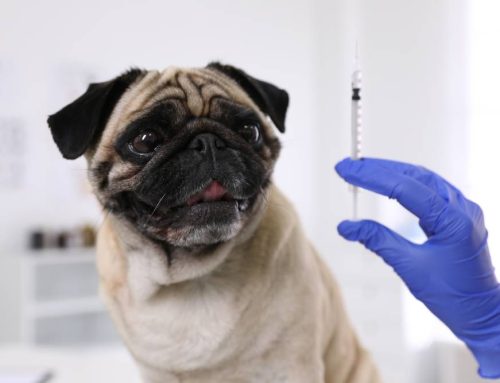The Benefits of a pet Microchip
No matter how much you love your pet, accidents can happen. Pets get lost – for numerous reasons. If your pet is wearing a collar and ID tags, chances are good you’ll be reunited. But what if your indoor cat doesn’t wear a collar? Or what if the collar or the tags come off? Let’s go over the basics about microchips – in the hope that if you haven’t already, you’ll at least think about using this form of ID for your own furry friend.
An ID microchip stores a unique identification number for your pet, similar to the VIN number for a car: A pet microchip is a radio-frequency identification implant (RFID) that does not require a power source. It does not store other any other information or have any tracking ability like a global positioning device (GPS). It’s a small chip, little bigger than a grain of rice. When a microchip scanner is passed over the injection site, the microchip gets enough power to transmit the microchip’s ID number. Because there’s no battery or moving parts, there’s nothing to charge, wear out or replace. This tiny implant, which will last for your pet’s lifetime, can reunite you with a lost pet or serve as proof of ownership in a dispute.
Implantation does not require surgery: It can be done in an exam room in a matter of seconds. The microchip is small enough to pass through a fairly large needle used specifically for this purpose. It is most often injected under the skin at the back of the neck. Medium and large breed dogs often show minimal reaction. Although because the needle is fairly large, many people choose to wait until their pet is spayed, neutered, or anesthetized for another procedure so that they feel no discomfort – particularly in cases of puppies, kittens, cats, and small breed dogs. It is also possible to have your pet anesthetized just to perform the microchip implantation.
How does an ID number lead your pet back home to you?
After implantation, you register your pet’s contact information with a microchip registry database. When a lost animal finds its way to a vet or a shelter, a hand held microchip scanner is passed over the pet’s body in the hopes of locating a microchip. When a chip is found, the appropriate registry is contacted. If the contact info is accurate, the owner is located and the pet is reunited with it’s family. It is absolutely critical to go through the step of registering your pet’s microchip and keeping your contact information updated. Otherwise, the microchip is of no help to you or your pet. If a chip is unregistered and a person finds and wishes to keep your pet, they can easily register the chip in their own name.
A microchip does not replace an ID collar and tags: It does ensure that your pet is still identifiable in the case of lost tags or a stolen pet. Only a microchip provides permanent identification that cannot fall off, be removed, or become impossible to read. Still, the combination of current tags and a microchip is the very best protection you can give your pet in the event that they are lost or separated from you.
We would love to share more information about microchipping your pet! If you have questions about the procedure, the costs, or the microchip itself, please contact us at Animal Care Clinic. Or stop by and see us – we can show you how it works!







Leave A Comment